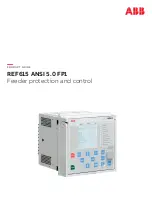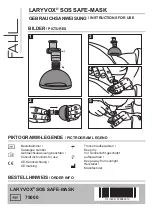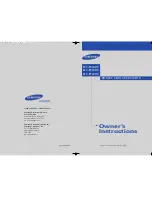
3. Protection functions
The relay offers directional and non-directional
overcurrent and thermal overload protection as
well as directional and nondirectional ground-fault
protection. Some standard configurations allow as
an option admittance-based, harmonics-based or
wattmetric-based ground-fault protection to be
used in addition to directional earth-fault protec-
tion. Further, the relay features sensitive earth-
fault protection, phase discontinuity protection,
transient/intermittent earth-fault protection, over
-
voltage and undervoltage protection, residual over-
voltage protection, positive-sequence undervolt-
age and negative-sequence overvoltage protection.
Frequency protection, including overfrequency, un-
derfrequency and frequency rate-of-change pro-
tection, is offered in relays with standard configu-
rations L and N. The relay also incorporates
optional three-pole multishot autoreclosing func-
tions for overhead line feeders.
The standard configurations L and N additionally
offer multifrequency admittance-based earth-fault
protection providing selective directional earth-
fault protection for high-impedance grounded net-
works. The operation is based on multifrequency
neutral admittance measurement utilizing funda-
mental frequency and harmonic components in Uo
and Io. A special filtering algorithm enables de-
pendable and secure fault direction also during in-
termittent/restriking earth faults. It provides a
very good combination of reliability and sensitivity
of protection with a single function for low ohmic
and higher ohmic earth faults and for transient and
intermittent or restriking earth faults.
Enhanced with optional hardware and software,
the relay also features three light detection chan-
nels for arc fault protection of the circuit breaker,
busbar and cable compartment of metal-clad
indoor switchgear.
The arc-fault protection sensor interface is avail-
able on the optional communication module. Fast
tripping increases staff safety and security and
limits material damage in an arc fault situation. A
binary input and output module can be selected as
an option - having three high speed binary outputs
(HSO) it further decreases the total operate time
with typically 4...6 ms compared to the normal
power outputs.
14
R E F61 5 A N S I 5.0 FP1
FEED ER P R OT EC T I O N A N D CO N T R O L















































